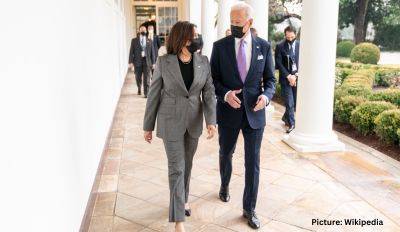Despite a slight easing in inflation, a considerable number of consumers continue to feel the pinch. The proportion of adults who feel financially stretched remained nearly constant at 61% as of April, as per a recent LendingClub report.
Interestingly, the report reveals that high-income earners are experiencing increased pressure. Among those with six-figure incomes, 49% now live paycheck to paycheck, up from 42% last year. On the other hand, individuals earning less than $100,000 saw either a steady percentage or a decline in those living paycheck to paycheck during the same period.
Your financial status might be influenced by where you reside
Anuj Nayar, LendingClub’s Financial Health Officer, explains that “a $100,000 income may not stretch that far” depending on your location. A separate study by SmartAsset examined how far a six-figure salary stretches in the 25 largest cities in the United States. In New York City, for instance, $100,000 is equivalent to just $35,791 after accounting for taxes and the high cost of living.
In contrast, a $100,000 salary goes much further in Memphis, equating to approximately $86,444 thanks to a lower cost of living and no state income tax. LendingClub found that 69% of city dwellers live paycheck to paycheck, which is 25% more than their suburban counterparts. Nayar highlights, “where you live appears to be almost equally important in factoring whether a consumer is living paycheck to paycheck.”
Rising mortgage rates, home prices, and rents in many cities across the country contribute to these financial challenges, as evidenced by the latest data from rental listings site Rent.com. As of the previous month, 29 of the 50 most populous U.S. cities registered year-over-year rent increases.
Jon Leckie, a researcher for Rent.com, notes that compared to two years ago, rents have surged by over 16%—equivalent to a $275 hike in monthly rent bills. He adds, “That kind of growth over such a short period of time is going to put a lot of pressure on pocket books.”
Escaping the paycheck-to-paycheck cycle
It can be challenging, especially for high earners and city dwellers who often fall victim to “lifestyle creep,” according to Carolyn McClanahan, CFP and founder of Life Planning Partners in Jacksonville, Florida.
As people’s incomes increase, their spending habits tend to follow suit, particularly when it comes to dining out, using food delivery services like DoorDash, and subscribing to additional services. McClanahan warns that it’s easy to “fall into the trap of too much convenience spending.”
To overcome this cycle, McClanahan, who is also a member of CNBC’s Advisor Council, recommends evaluating convenience spending and identifying areas that don’t bring value. She advises, “the first thing to do is look at convenience spending and figure out ways to cut the spending that is not bringing them value.” Redirect the money saved from cutting unnecessary expenses towards building an emergency fund.
Once you’ve accumulated three to six months’ worth of expenses in your emergency fund, shift your focus to saving for other financial goals.











